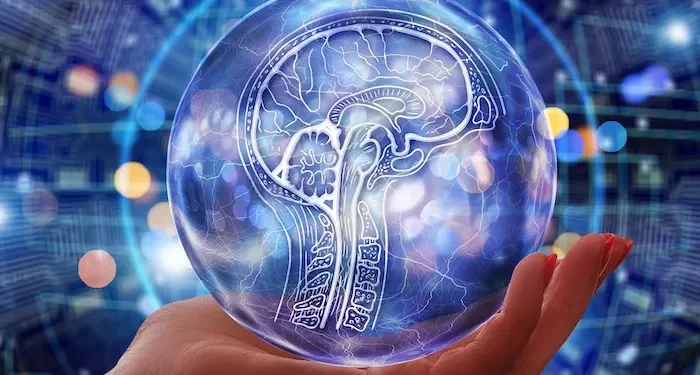The problem with a simulated intelligence that’s programmed by humans is that it doesn’t challenge us to be better but it does reinforce our blind spots. Never has there been a more important time for humans to be self-aware.
When those of us in the creative field were first starting to think about how generative AI could be incorporated into our toolbox, the technology was still very much a geeky curiosity; a thing of the future. Perhaps the not-too-distant future, but the future, nonetheless.
There was time to be critical; to iron out the kinks. Then Open Ai’s ChatGPT-3 hit the headlines and in a matter of weeks, generative AI had gone mainstream. People started using it seemingly overnight – and now, with ChatGPT-4 just unveiled and promising even more capability, the uptake is sure to accelerate. But unlike the tools in your garage, this one didn’t come with a warning on the box. And perhaps it should have.
Danger of mass adoption
It’s hard to believe it now, but it wasn’t that long ago that social media was the brand new, exciting technology on everybody’s lips. It meant anyone could publish their thoughts and creative pursuits in the public domain and people wasted no time putting it to use. But while social media was empowering in that it gave people a voice, we also quickly saw how it could be misused by trolls and purveyors of fake news to harm those who don’t know to interrogate what they’re reading online.
Now it’s generative AI that’s being mass adopted by people who don’t know and haven’t thought to ask how the technology works. And any tool in the hands of someone who doesn’t fully understand it has the potential to be dangerous.
Who taught your AI?
AI only knows what it gets taught by humans. And humans have biases that have a way of seeping into everything we say, write and produce, whether we want them to or not.
What’s more, when you look at who’s training these models, the diversity simply isn’t there. So, like a child who grows up in a sheltered household, AI is learning what its “parents” taught it and using the narrow spectrum of inputs at its disposal to create content for the whole world.
We’ve already seen these biases starting to be reflected in the work produced by generative AI models – stereotypes around gender, age and, especially, race are coming to the fore.
Reinforcing stereotypes
Those of us who work in media are attuned to bias and stereotypes. We’ve been trained to be conscious of the messages we put out into the world and how these can influence society for better or worse. When we ask AI to generate inspirational stories about successful businesspeople and all the protagonists are white men, we know to recognise that this is problematic, tweak the prompts and go again. But can we be confident that the average person using a tool like ChatGPT would have the savvy to do the same?
The short answer, of course, is no. And the implication is a flood of AI-generated content that reinforces our biases and beliefs instead of challenging them – and that, as a society, we get stuck in the status quo instead of moving forward.
It comes down to something as simple as language – could you speak to ChatGPT in one of South Africa’s indigenous languages and get an answer that’s culturally appropriate? If we’re not making new technology accessible to non-English speakers, that’s already reinforcing an existing imbalance of power.
While this is an issue no matter where you are in the world, it’s especially problematic for us in South Africa, where we’ve spent the last three decades actively working to change entrenched beliefs and stereotypes.
The other side of the story
In advertising, which has traditionally been guilty of playing off stereotypes, this is something we’re especially conscious of and a lot of intention has gone into creating messages that are more representative, authentic and purposeful. Now, we need to make sure that AI doesn’t undo that work.
As storytellers, we are in an influential position. We can use that influence to tell stories that educate and that encourage people to think and question. AI has the potential to make us lazy – but never has there been a more important time to stay sharp, interrogate the work and be conscious of how it will impact the world around us.
We’re on the cusp of a new evolution in how we interact, how we create and gather information. Let’s use it as an opportunity to do better and not fall into the same traps we always have.
Ana Rocha is executive creative director at VMLY&R.














